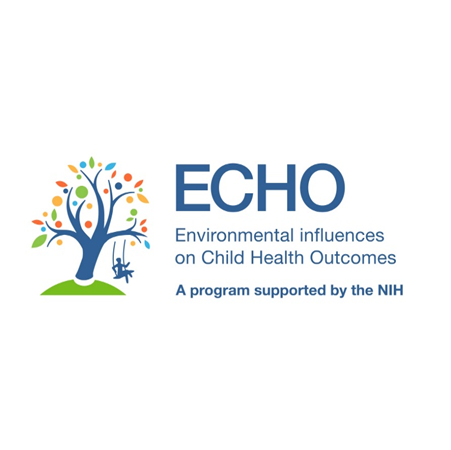This was originally posted on ECHOchildren.org. Full paper, with lead author Professor Michael Bloom, can be found here.
Key Takeaways:
- Urinary levels of most environmental phenols (EPs) examined varied significantly by racial/ethnic identity, with non-Hispanic Black and Hispanic participants having higher levels of certain EPs than non-Hispanic White participants.
- Sensitivity analyses confirmed that adjusting for neighborhood-level factors did not significantly alter the main findings.
- Comparison with previous studies indicated consistent patterns in racial/ethnic differences in urinary EP concentrations.
Pregnant women in Hispanic and Black communities may experience greater prenatal exposure to endocrine-disrupting chemicals (EDCs), including environmental phenols (EPs) and parabens, according to a study funded by the Environmental influences on Child Health Outcomes (ECHO) Cohort at the National Institutes of Health (NIH).
EDCs are commonly encountered during pregnancy through everyday items such as plastics, food packaging, and personal care products. Although these products break down quickly in the body, EDCs can cross the placenta and accumulate in fetal tissue. Prenatal exposure has been linked to pregnancy complications, developmental challenges, and long-term health risks.
The findings revealed significant differences in chemical exposure levels based on race and ethnicity. Non-Hispanic Black and Hispanic participants had higher levels of certain EPs compared to non-Hispanic White participants. For example, non-Hispanic Black and Hispanic participants showed elevated levels of paradichlorobenzene—a chemical found in mothballs, fumigants, and air fresheners. Non-Hispanic Black participants also had higher levels of parabens, commonly used as preservatives in processed foods and personal care items.
“These findings indicate that pregnant individuals from different racial and ethnic backgrounds experience varying levels of exposure to potentially harmful chemicals,” said Michael S. Bloom, PhD, of George Mason University. “Understanding these differences is crucial for evaluating their effects on maternal and fetal health and identifying the underlying causes can inform effective interventions.”
Researchers analyzed urine samples from 4,006 pregnant participants across 11 ECHO Cohort Study Sites, representing Hispanic, non-Hispanic Black, non-Hispanic Other, and non-Hispanic White individuals.
Low-income and minority communities may face heightened exposure due to factors like proximity to industrial facilities and limited access to a broad range of consumer products and fresh foods, researchers noted in the study.
This collaborative research was published in the Journal of Exposure Science and Environmental Epidemiology.
About ECHO
The ECHO Cohort Consortium is a research program supported by the National Institutes of Health (NIH) with the mission to enhance the health of children for generations to come. ECHO Cohort investigators study the effects of a broad range of early environmental influences on child health and development. For more information, visit echochildren.org.











